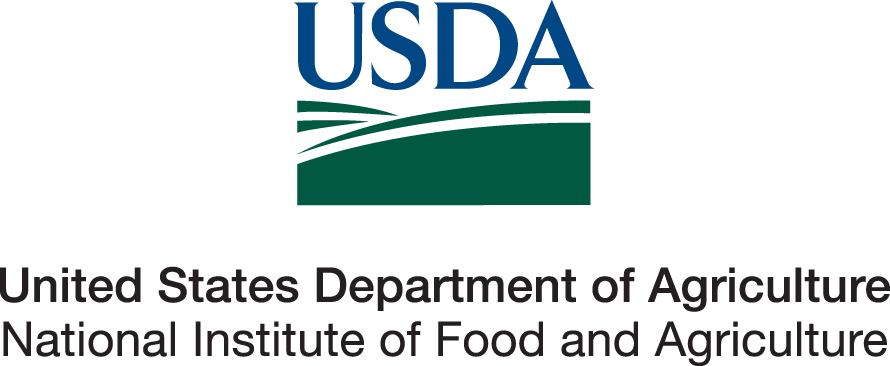Nitrogen Enhancers and Additives (05/07/20)
Some farmers, dealers and crop consultants are still somewhat confused as to what nitrogen (N) additive does what. The short answer is to read the Nitrogen Extenders and Additives circular from the North Central Regional NCERA-103 committee found at https://www.ag.ndsu.edu/publications/crops/nitrogen-extenders-and-additives-for-field-crops
There are two basic types of N additives- urease inhibitors and nitrification inhibitors. Urease inhibitors are products that delay the conversion of urea to free ammonia and carbon dioxide (the components of urea) through the activity of soil urease enzyme (that originally came from plants and bacteria) for about 10 days. Once the urea is split, the free ammonia can be lost into the air if the urea was placed within 2 inches of the soil surface, with greatest loss potential if the urea is surface applied. This process also happens deeper in the soil when urea is placed there, but the loss of ammonia through volatility is nearly zero at depths greater than 2 inches. At the surface or near-surface, the ammonia loss is greatest when residues are present and/or soil pH is greater than 7. The urease chemistry proven to be effective as an inhibitor is NBPT (or in Limus (BASF) NPPT is also effective). This is the chemistry found in Agrotain™ (not an endorsement), but any product that contains NBPT and the active-ingredient per ton urea is similar to that on the Agrotain Ultra™(not an endorsement) label should be effective. I studied tech grade NBPT for 4 years on multiple sites and any NBPT at similar rate is effective at nearly eliminating urease activity for about 10 days.
For example, Agrotain Ultra contains 26.7% NBPT by weight, and the product weighs 8.9 pounds per gallon. The label rate per ton is 3 qts/acre, so there is about 1.8 lb NBPT per ton of urea.
Any other chemistry that claims urease inhibition has not been found to be effective or has not been tested adequately. The farmer should never be the risk-taker in new products. The burden of proof should be on the company, not the end-user.
The other type of N additive is a nitrification inhibitor. These are products that inhibit the bacterial transformation of ammonium-N to nitrate-N and make the N susceptible to leaching loss in sandier soils (loams and coarser) and denitrification (usually in eastern ND particularly in soils with clay content > 30% roughly). The two chemistries with some activity as a nitrification inhibitor are DCD, and nitrapyrin. A nitrification inhibitor has shown its greatest usefulness as a fall ammonium-N additive, with less success in the spring due to a shorter activity of the chemistry due to the warmer spring conditions generally than in the fall. A nitrification inhibitor would not act as a urease inhibitor, and a urease inhibitor has no activity against nitrification.
Ammonium thiosulfate was studied by Dr. Goos in the NDSU soils department about 30 years ago, and found that it had some small activity as a urease inhibitor and a nitrification inhibitor; however, its activity was far less than the inhibitors previously mentioned, and should probably not be considered as a primary inhibitor product.
Another fertilizer formulation that is neither a urease inhibitor or a nitrification inhibitor is ESN™ (not an endorsement). This is a polymer-coated urea that separates the urea from the soil through its coating. Because of the separation, until the urea is released through its coat, the urea within is not subject to urease activity, and the ammonia generated by any urease activity is not subject to nitrification until after the urea release and ammonia generation. The N released by the ESN therefore has a longer life through the season compared with urea alone. Its drawback is that the timing of release is dependent on the temperature and precipitation through the growing season, and the use of all ESN risks low release in seasons of drier and/or cooler soil temperatures. This product is also described in the N additives circular.
Extension Soil Specialist
701-799-2565


